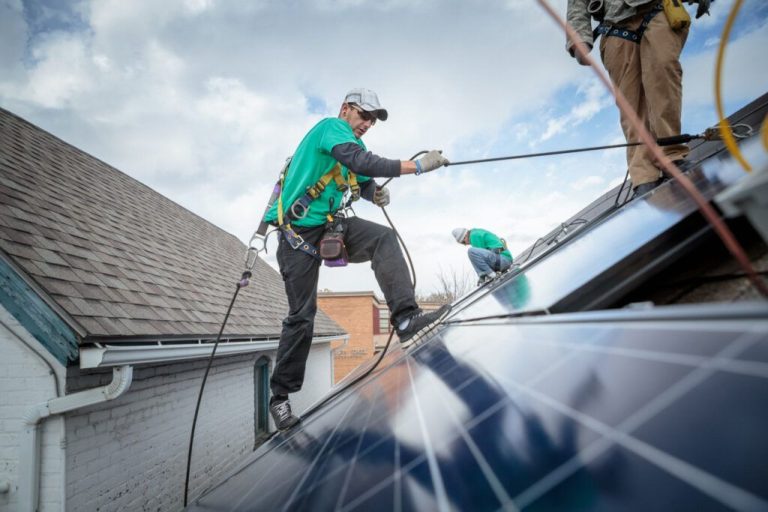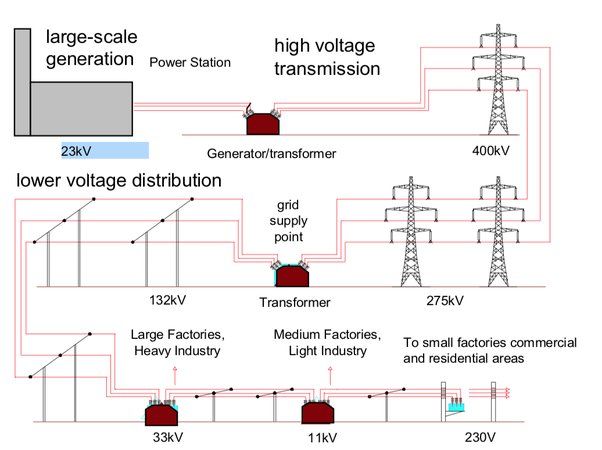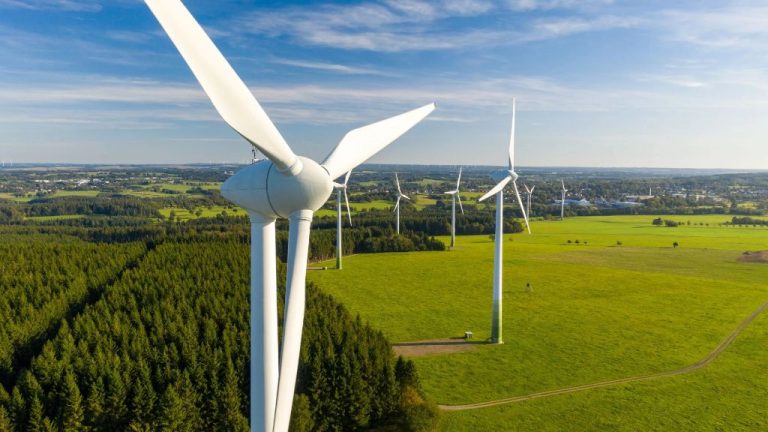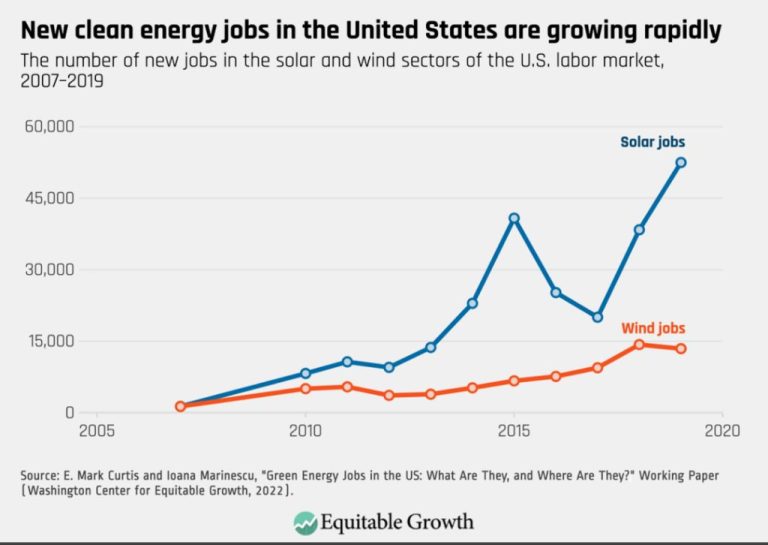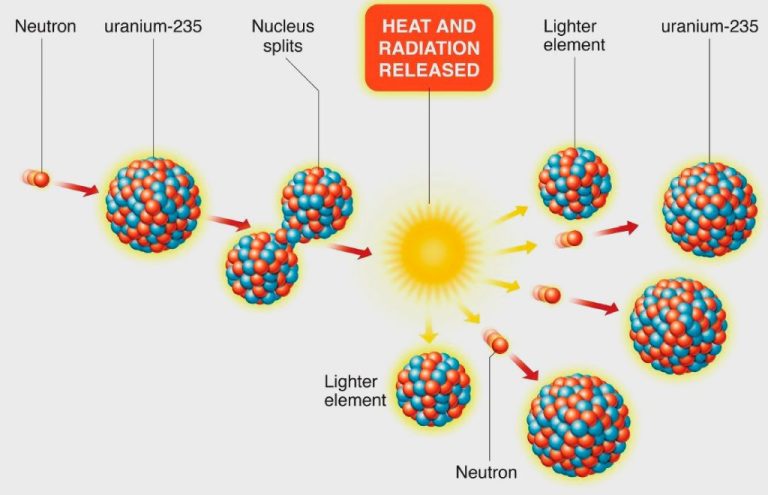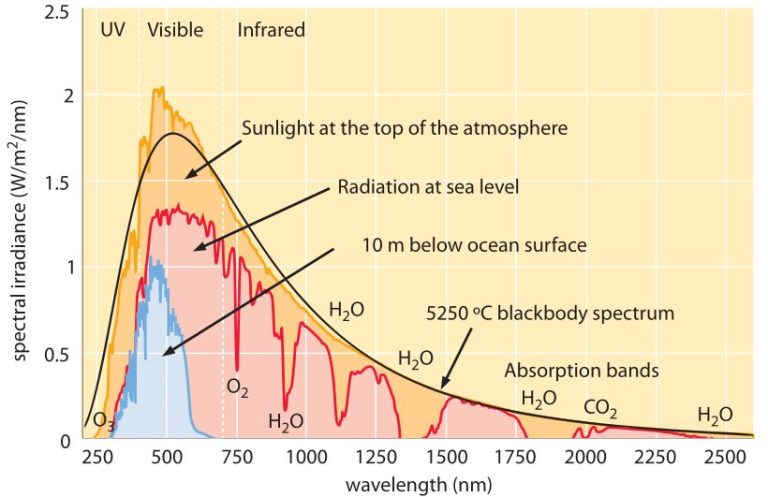Is Sustainable Energy A Wicked Problem?
Introducing the Concept of Wicked Problems

Wicked problems are complex societal issues that are difficult or impossible to solve due to incomplete or contradictory requirements, the number of people and opinions involved, the interconnected nature of these problems with other problems, and the effort required to address them (Rittel & Webber, 1973). These problems cannot be definitively described, and every wicked problem is essentially unique and novel. There is often disagreement amongst stakeholders on the problem definition, its root causes, and the best solutions.
Examples of other wicked problems include poverty, healthcare, terrorism, climate change, and social injustice. These issues involve many competing perspectives, interests, and priorities. There are no clear problem boundaries and any solution can create unforeseen consequences. Wicked problems cannot simply be solved in a traditional linear fashion, but instead require creative collaboration and trade-offs amongst stakeholders (Toth, 2020).
In summary, wicked problems resist straightforward problem solving approaches. There are no clear problem definitions or optimal solutions. Successfully tackling wicked problems requires new ways of thinking and collaborating across organizations, disciplines, and ideologies.
The Challenge of Energy Sustainability
Achieving energy sustainability is difficult for several reasons. First, modern societies have become heavily dependent on fossil fuels like oil, coal, and natural gas to meet energy needs. Fossil fuels currently provide over 80% of global energy supply (source). This dependence on nonrenewable energy makes transitioning to sustainable sources challenging.
Second, burning fossil fuels produces greenhouse gases that contribute to climate change. However, many renewable energy sources like solar and wind are intermittent and would require massive infrastructure changes to meet existing energy demands (source).
Finally, global population growth and industrialization are increasing energy consumption, especially in developing countries. This rising demand makes it even harder to phase out fossil fuels and transition to clean energy quickly enough to mitigate climate change risks.
Characteristics of Wicked Problems
The term “wicked problem” was first coined in 1973 by design theorists Horst Rittel and Melvin Webber to describe complex societal issues that are difficult or impossible to solve (https://www.resonanceglobal.com/blog/the-characteristics-of-wicked-problems). Wicked problems have distinct characteristics that make them challenging:
There is no definitive formulation of the problem – With energy sustainability, there are disagreements about whether the core problem is climate change, dependence on fossil fuels, or energy poverty. The framing of the problem affects how it is addressed.
Wicked problems have no stopping rules – There is no definitive solution to energy sustainability. It requires continuous effort and re-evaluation as contexts change over time.
Solutions are not right or wrong – There are many potential paths to improve energy sustainability, each with tradeoffs. There is no objectively “correct” approach.
Every wicked problem is unique – The energy challenges facing each country or community are shaped by their resources, politics, economy, culture, and values. Solutions will vary.
Wicked problems are a symptom of other problems – Energy sustainability interlinks with climate change, poverty, food security, geopolitics, and more. Progress requires a systems perspective.
These characteristics make energy sustainability a complex “wicked problem” without quick or perfect fixes. It demands nuanced, collaborative, and long-term strategies.
Disagreements on the Problem and Solution
There are disagreements over the nature of the energy sustainability problem and the best solutions. Some argue fossil fuels are plentiful and not a major issue, while others see them as finite resources that must be replaced (source). There are debates over whether renewable energy can fully replace fossil fuels or if nuclear energy should play a role (source).
Some claim renewable energy is too unreliable and expensive to replace fossil fuels, while proponents argue costs are dropping rapidly (source). There are concerns renewable energy requires significant land and materials, but also arguments this “energy sprawl” is manageable. Some emphasize energy conservation and efficiency while others focus on new energy production.
Finding compromise between economic development, energy security, affordability, and sustainability is a key challenge. There are debates whether free markets or government intervention are best to drive change. Collaboration between stakeholders is needed, but differing interests make consensus difficult.
Unique Challenges in Each Context
The transition to sustainable energy faces unique challenges and barriers in each country and region around the world. According to the World Bank, “In many client countries, the energy transition risks being paralyzed by weak governance, poorly targeted subsidies, and inadequate planning” (1). The specifics of each country’s energy mix, natural resources, economic status, infrastructure, political landscape and more lead to vastly different scenarios when it comes to increasing renewable energy generation.
For example, a small and wealthy country like Iceland with ample geothermal and hydropower resources faces very different circumstances compared to a large developing country like Brazil which relies heavily on oil and natural gas (2). Iceland already generates nearly all of its electricity from renewable sources while Brazil is still in the early stages of transitioning away from fossil fuels. Similarly, the challenges faced by an island nation like Costa Rica differ greatly from a vast country with a colder climate like Canada. There is no universal approach or policy that can be applied equally across all countries and regions. Solutions must be tailored to the unique constraints and opportunities in each local context.
Therefore, the transition to sustainable energy should not be viewed as a one-size-fits-all technical problem. It is a complex challenge involving social, political, economic and environmental dimensions which vary significantly around the world. Progress requires understanding and collaborating with diverse stakeholders to develop customized strategies suited to enabling cleaner energy systems in each country and community.
Long-Term Thinking Required
Transitioning to sustainable energy requires long-term thinking beyond short-term fixes. As the Medium and Long Term Development Plan for Renewable Energy by the IEA states, “The Plan establishes targets for the development of various sources of renewable energy up to 2020 calling for the percentage of renewable energy to rise to 10%…”. Achieving a sustainable energy system demands commitment to a long-term vision with consistent policies and investments over decades, not years. The energy transition can take 50 years or more. Quick fixes and rapidly changing policies create uncertainty that deters long-term investments in renewable infrastructure.
Sustainable energy transition needs coordinated, stable policies across political administrations, as argued in Energy Policies for Sustainable Development: “By itself energy market restructuring may not help achieve the long-term vision compatible with sustainable energy policies and their successful application.” With long time horizons, governments can adopt enduring energy policies and subsidies that support the growth of renewables over many years. Businesses and utilities also require policy certainty and consistency to make substantial investments in solar, wind, and other infrastructure with long lifetimes.
Many Stakeholders with Different Interests
Transitioning to sustainable energy involves many different stakeholders, each with their own interests and goals.
Governments play a crucial role in setting energy policy and regulations. They must balance economic development, energy security, and environmental protection. Some governments promote renewable energy through subsidies and mandates, while others protect fossil fuel industries [1].
Energy companies have built their businesses around fossil fuels. While some are investing more in renewables, others resist change to protect profits [2]. New clean energy startups also want favorable policies.
Local communities can be impacted by new energy projects. While many support sustainability, they worry about land use, jobs, and other local effects [3]. Successfully transitioning to clean energy requires aligning these diverse interests.
Difficult Tradeoffs and Unintended Consequences
Pursuing sustainable energy often involves difficult tradeoffs that can lead to unintended consequences. For example, policies that promote renewable energy like solar and wind may have negative impacts on local communities. As one source notes, “Solar energy systems require a significant amount of land to generate power. This can disrupt natural habitats and agricultural land.”
. Large-scale renewable projects can also affect property values and landscapes that communities value.There are also challenging tradeoffs around cost and reliability. Policies that aim to rapidly transition from fossil fuels to renewables can lead to higher energy prices, at least in the short term. This disproportionately affects low-income households. Rapid coal plant closures have also strained electricity grids in some regions, occasionally resulting in blackouts. Policymakers must weigh these consequences against the long-term benefits of reducing emissions.
Even well-intentioned sustainability policies can have unintended side effects. For instance, biofuel mandates aimed at reducing oil dependence have raised food prices by diverting crops like corn and soybeans. Similarly, subsidies and tax credits for electric vehicles primarily benefit higher-income consumers and do not address broader transportation emissions.
There are no perfect solutions, but being aware of potential tradeoffs can lead to more equitable and effective policies. With collaboration and compromise, societies may find better ways to balance different interests and minimize unintended harms in the pursuit of sustainability.
The Need for Compromise and Collaboration
One of the defining features of wicked problems is that there is no single “right” solution that will fully satisfy all stakeholders. With sustainable energy, there are disagreements between environmentalists, industry, governments, and citizens on issues like costs, job impacts, reliability and more. This makes compromise essential in order to make any progress. All groups have to give a little to find workable solutions everyone can live with.
Cross-sector collaboration is also critical. For example, the 100% Clean Energy Collaborative brings together a diverse range of stakeholders from state governments, utilities, environmental groups, and others to share knowledge and develop pathways to 100% clean energy. The collaborative approach allows perspectives to be shared, trust to be built, and comprises to be made. Similarly, the EU-funded project “A collaborative approach to renewable energy” has strengthened cooperation between business, government, and academia in countries like Armenia and Georgia. These partnerships are essential to drive progress on the complex challenge of sustainable energy.
No Perfect or Final Solution
One key aspect of wicked problems is that there is no definitive or final solution (Vass et al., 2020). With complex issues like sustainable energy, there are no easy answers or simple fixes that will perfectly resolve the problem once and for all.
Policies and solutions must be flexible and adaptive over time as new technologies emerge and we gain more experience and learn from previous attempts. What may seem like the best approach today may need to evolve tomorrow as the context changes. There is a need for experimentation and incremental adjustments rather than expecting to find a silver bullet solution immediately.
For example, early policies focused heavily on increasing renewable energy generation, but issues around grid stability and energy storage solutions must now also be addressed. As the share of renewables increases, new challenges arise that require policy makers to continuously monitor progress and make changes. A static, unchanging policy would be insufficient. Sustainable energy transitions will be an ongoing process of iteration and improvement over many decades.
Wicked problems have no stopping point where they are considered solved. With a complex, multifaceted issue intertwined with society like energy, the aim should be ongoing progress through collaboration and compromise rather than striving for an elusive perfect fix.

